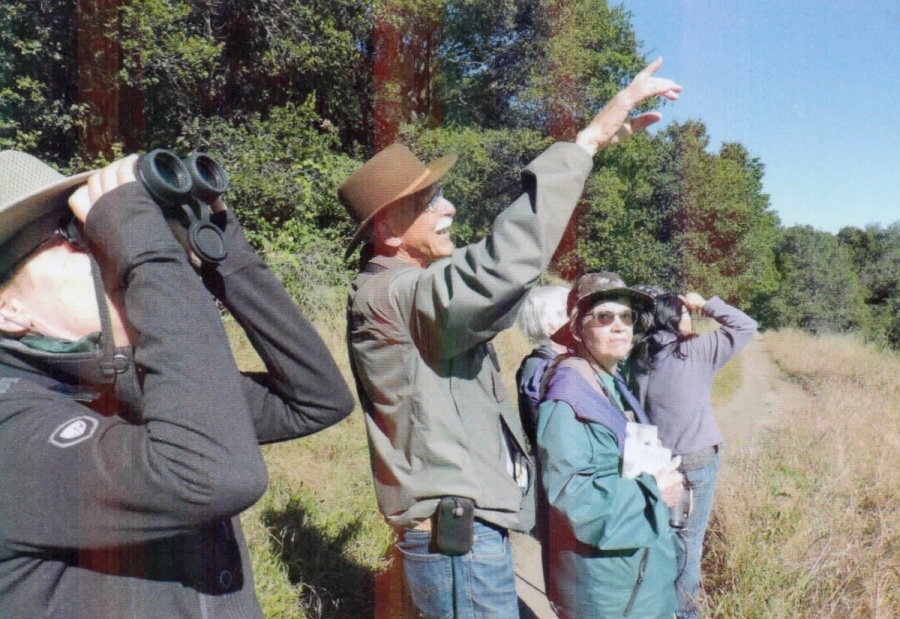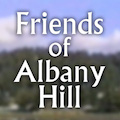Not enough consideration has been given to the impact on birds in the Albany Hill Forest Management and Habitat Restoration Plan. There are over 100 species of bird which use the Albany Hill area for nesting, perch hunting, cover and foraging. Many of the birds which are seen in the surrounding neighborhoods have their origin on Albany Hill. The loss of this habitat for birds will be significant. Red-tailed Hawks, Red-shouldered Hawks, Cooper’s Hawks, Great-horned Owls, Mourning Doves, Brown Creepers, Tree Swallows, American Robins, American Crows, White-crowned Sparrows, Golden-crowned Sparrows, several species of Woodpeckers and Jays, and Wood Warblers have all used the Albany Hill area for nesting, roosting and foraging. The list is long and continues to grow. The loss of this habitat would have a major impact on these birds.

While reduction of fuel load and public safety from falling dead or weakened trees is important, leaving some dead snags away from trails and roads for roosting and nesting would mitigate some of the impact on the bird habitat. Putting up nest boxes would also help mitigate loss of nesting trees. While removing laddering vegetation is important for fire prevention, leaving some understory and not clearing out all the brush and shrubs would also benefit birds. Sometimes leaving an area of understory as small as 20’ x 30’ for each acre of understory removed is enough to help the birds by providing cover. While a clean understory and tall trees as seen in manicured parks, cemeteries and golf courses are aesthetically appealing, it is not good habitat for birds which need both understory and taller trees as well.
I seriously hope you will take these comments into consideration.
Ralph Pericoli
resident and master birder

